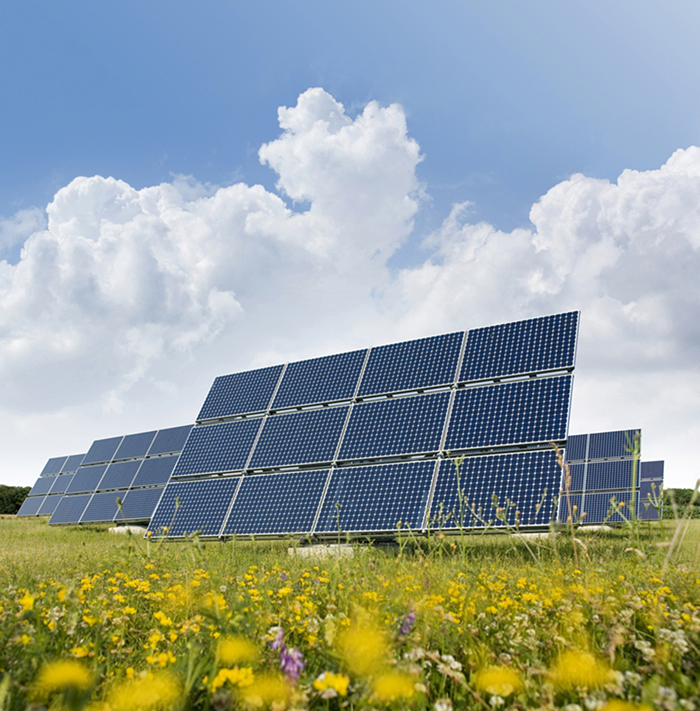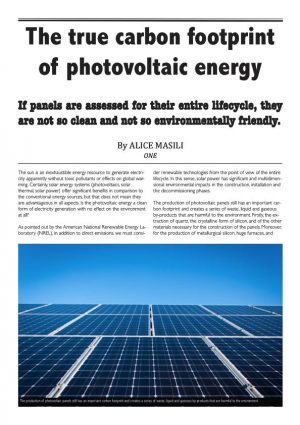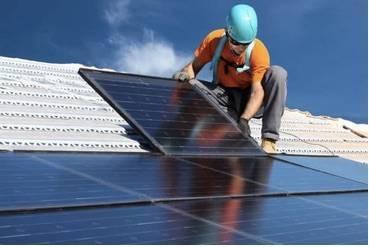A federal disposal and decommissioning fund would then dispense funds to state and local governments to help pay for removal and recycling or long term storage of solar panel waste.
Are new residential solar panels hazardous waste.
Until the new regulations are adopted solar panels that exhibit characteristics of hazardous waste must be managed as hazardous wastes and not as universal wastes.
The new classification affects how long solar panel waste can be held on site before it is required to be transferred to another facility and reduces requirements for testing for certain hazardous materials.
Environmental scientists and solar industry leaders are raising the red flag about used solar panels which contain toxic heavy metals and are considered hazardous waste.
When these panels enter landfills valuable resources go to waste.
With recycling expensive.
Dtsc has a web page dedicated to information on the development of pv module regulations.
The epa describes universal waste as subject to a streamlined set of standards compared to other types of hazardous waste.
The international renewable energy agency estimated that there were about 250 000 metric tons of solar panel waste in the world at the end of 2016 and that the figure could reach 78 million metric tons by 2050.
From a regulatory aspect pv panel waste still falls under the general waste classification.
Thousands of ageing rooftop solar panels represent a toxic time bomb and major economic waste unless australia acts swiftly to keep them out of landfill conservationists and recyclers say.
Solar energy is terrible for the environment in a number of ways including the fact that large land areas must be devoted to it.
A 2018 report from the institute of energy research suggests imposing a recycling fee on solar panel purchases.
The last few years have seen growing concern over what happens to solar panels at the end of.
At forbes michael shellenberger highlights another problem with solar energy.
It produces vast quantities of hazardous waste which are not being adequately dealt with.
The lifespan of high quality pv panels may even reach 30 to 40 years and be still functional afterwards though with decreasing efficacy.
Disposal of solar panels.
Solar panels contain lead cadmium and other toxic chemicals that cannot be removed.
He further noted that while solar panels contain hazardous substances aussies are sending hundreds of thousands of e waste items to landfills and creating significant pollution problems.


















.jpg)









